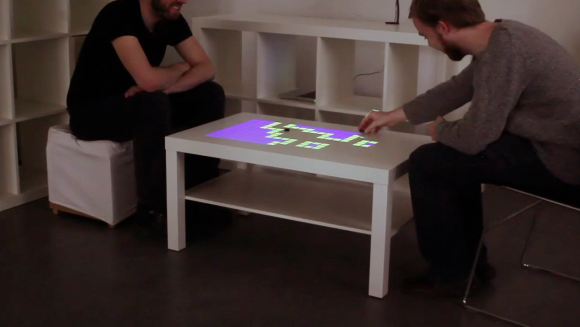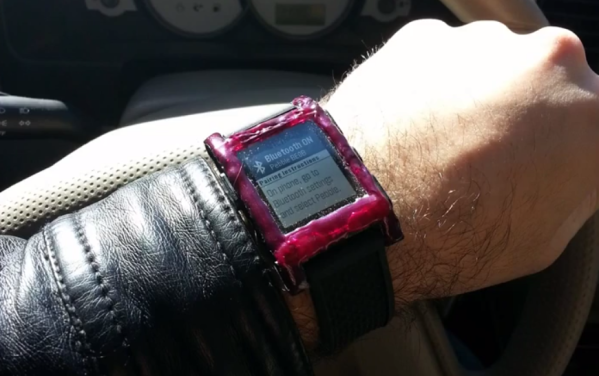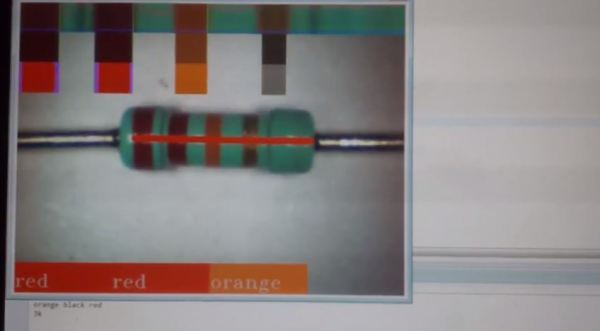
What can you do with needles, disposable syringes, superglue, cotton swabs, and scissors? If you answered ‘get hassled by TSA agents’, you’d be right, but you could also do what [Mski] did and make a pocket dart gun!
[Mski] used a 10mL syringe and a clear BiC pen body. He glued the pen barrel to the needle adapter on the syringe to make the chamber. He made the darts by cutting cotton swabs in half and inserting glue-covered needles. If you’ve never cut a cotton swab in half, they are hollow inside. What he has there are actually straight pins, which are cheaper than needles and come in larger quantities. The good news is you can make a bandolier of darts without breaking the bank.
Load your gun by shoving spitballs and/or darts up the chamber with a thin wooden stick, like a bamboo skewer. If you use your wife’s knitting needle, we recommend putting it back where you found it.
Do you prefer flaming projectiles and find clothespins easier to come by? Are you a hemophiliac or needle-phobic? Make this mini matchstick gun instead.

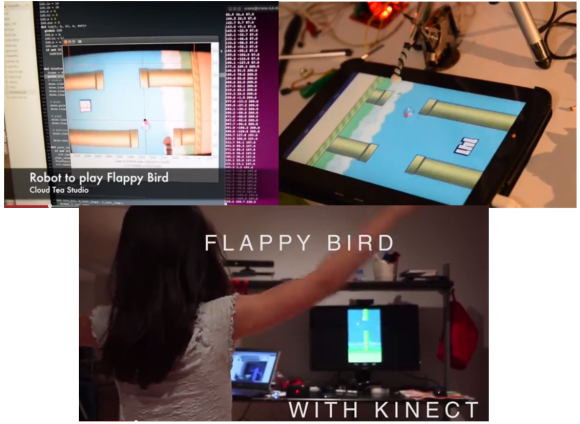
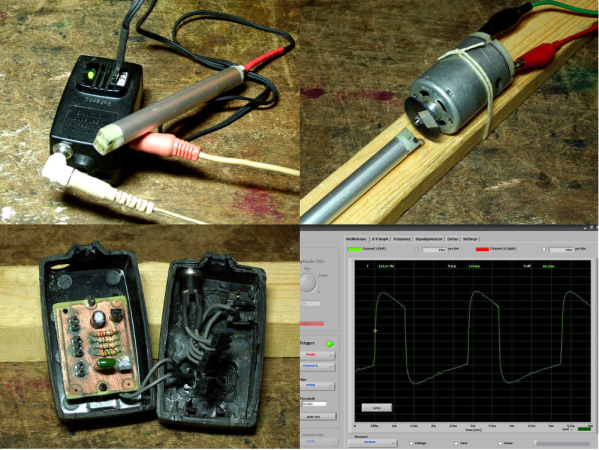
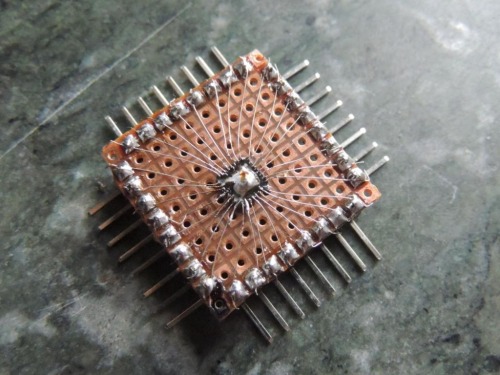 What do you do when you have ATMega328s in QFN package burning a hole in your bug box, but you aren’t set up for SMD and have limited access to parts? You man up and do what [Djpanjan] did:
What do you do when you have ATMega328s in QFN package burning a hole in your bug box, but you aren’t set up for SMD and have limited access to parts? You man up and do what [Djpanjan] did: 